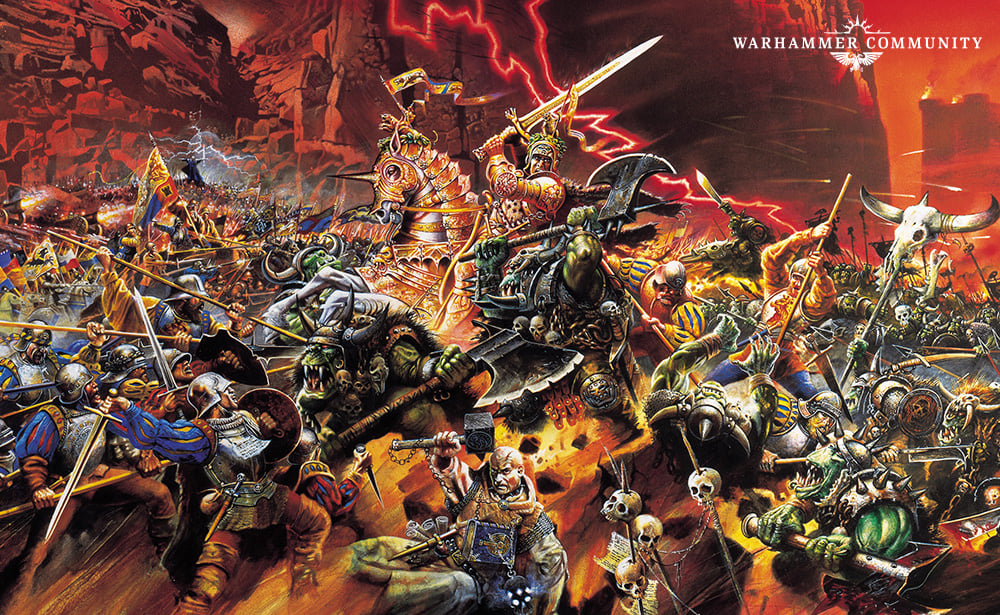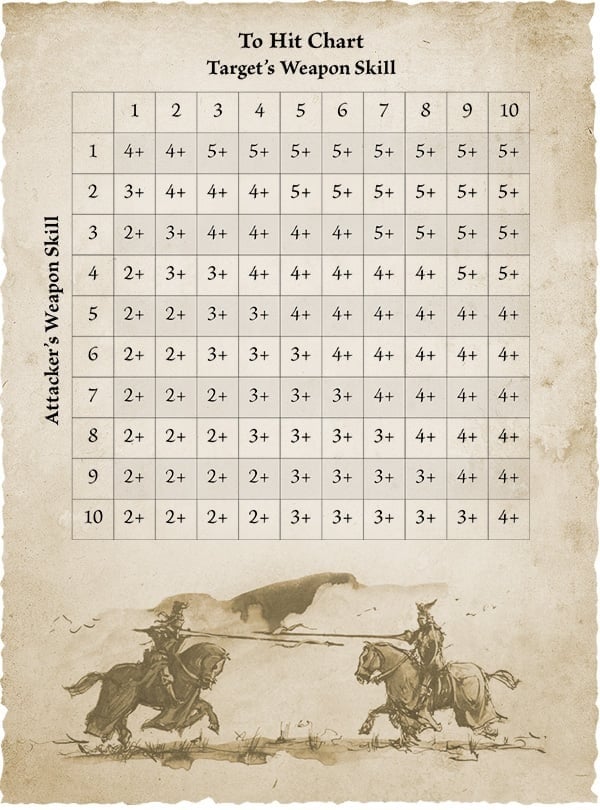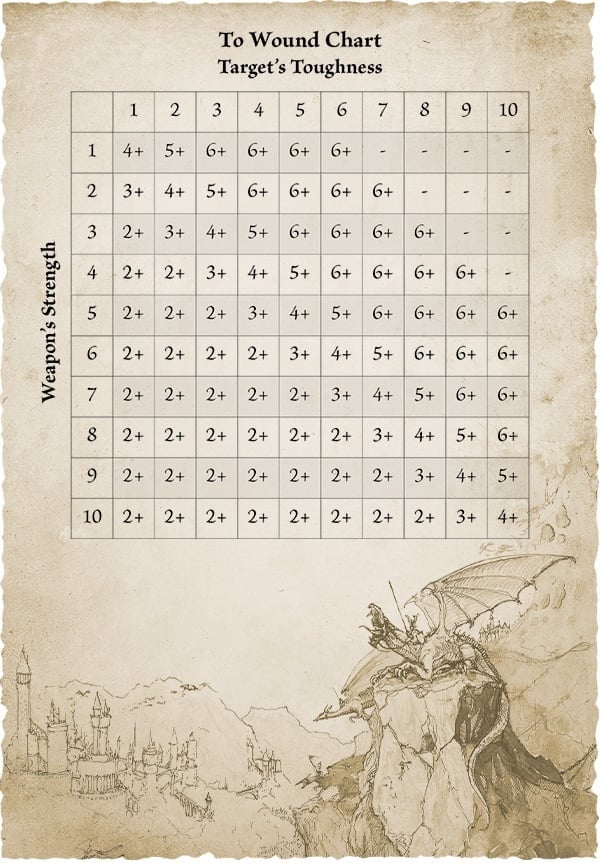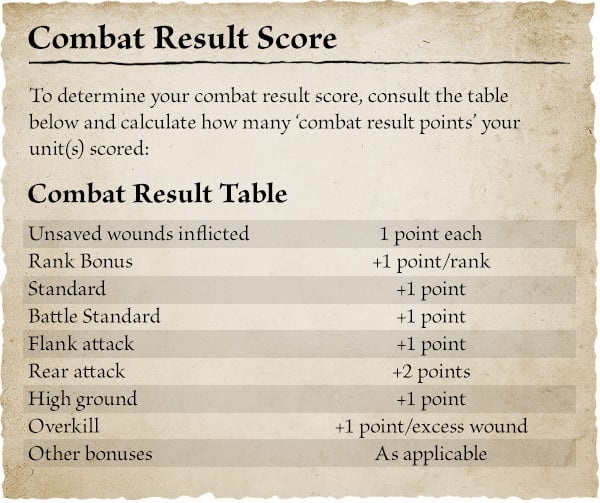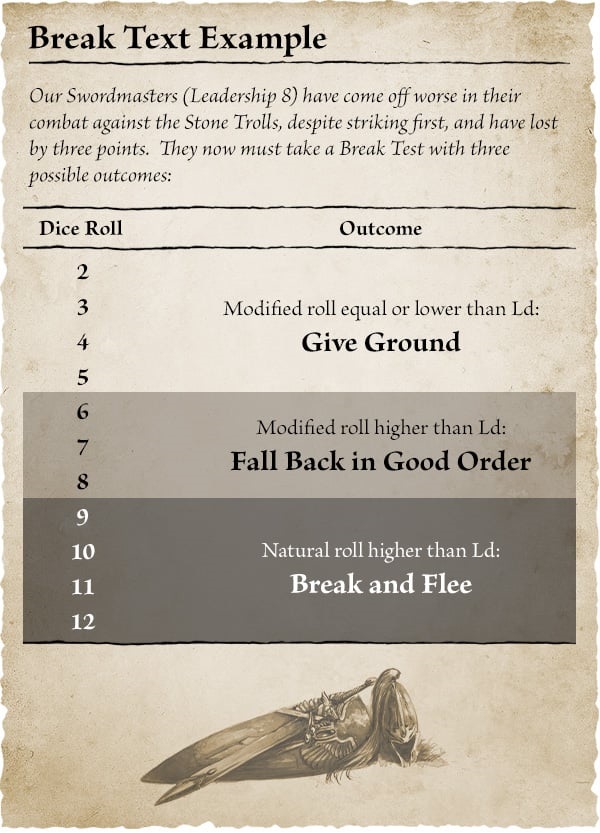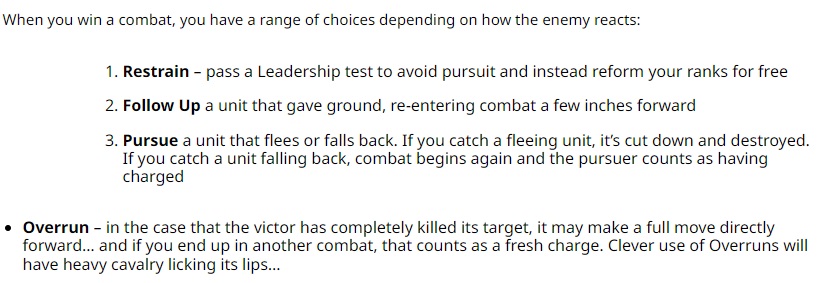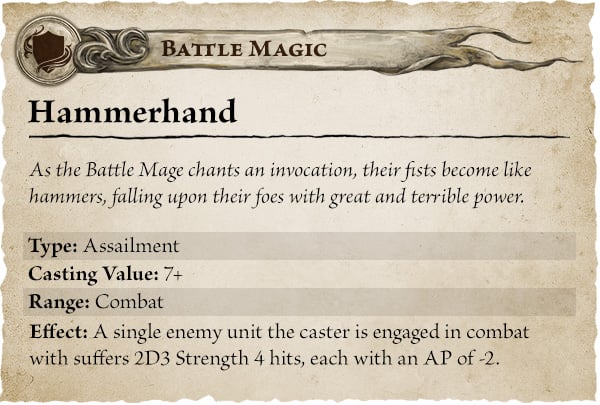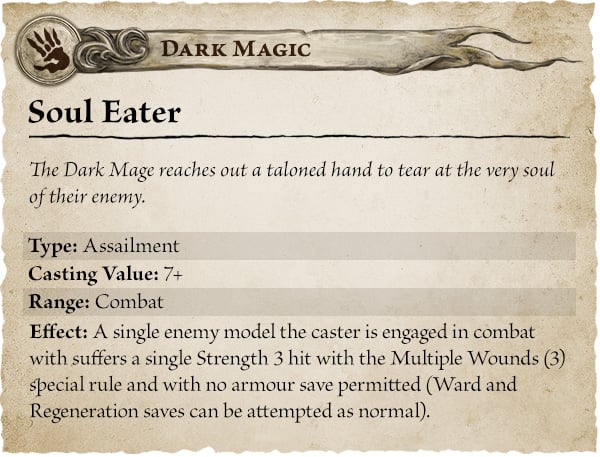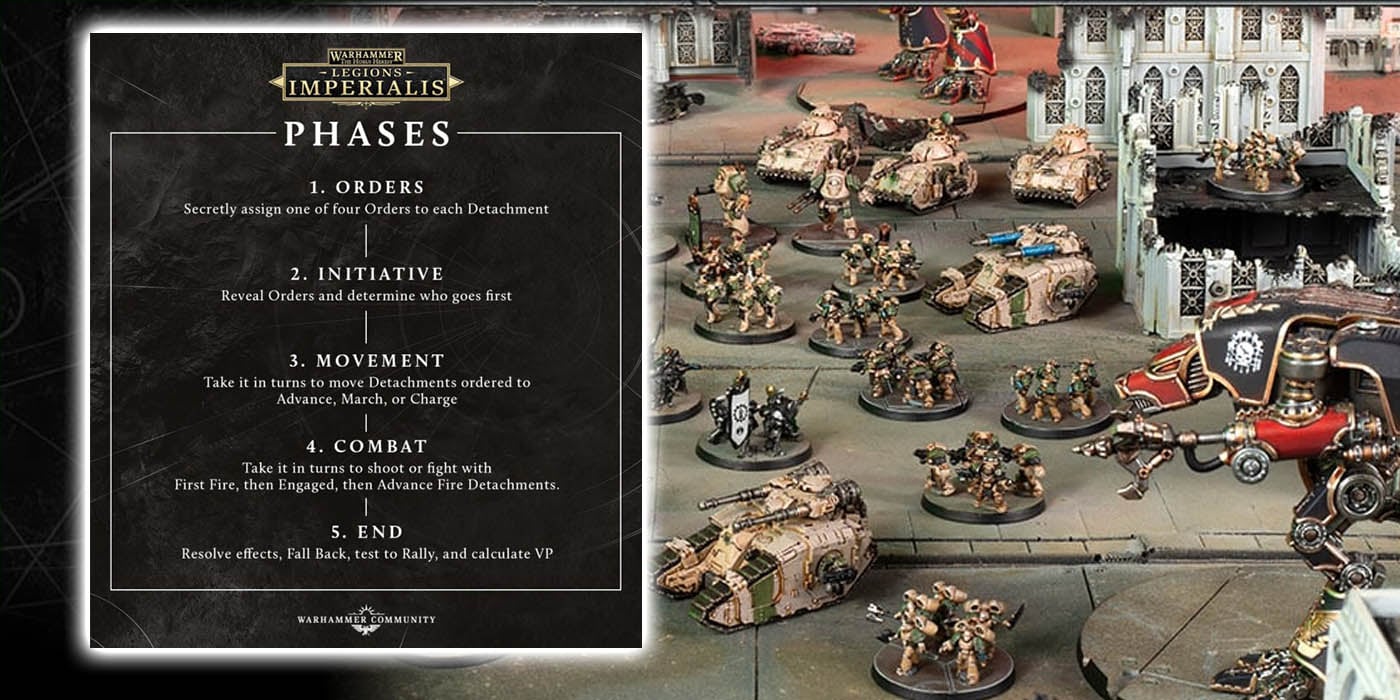Warhammer: The Old World – Combat Rules Reveal
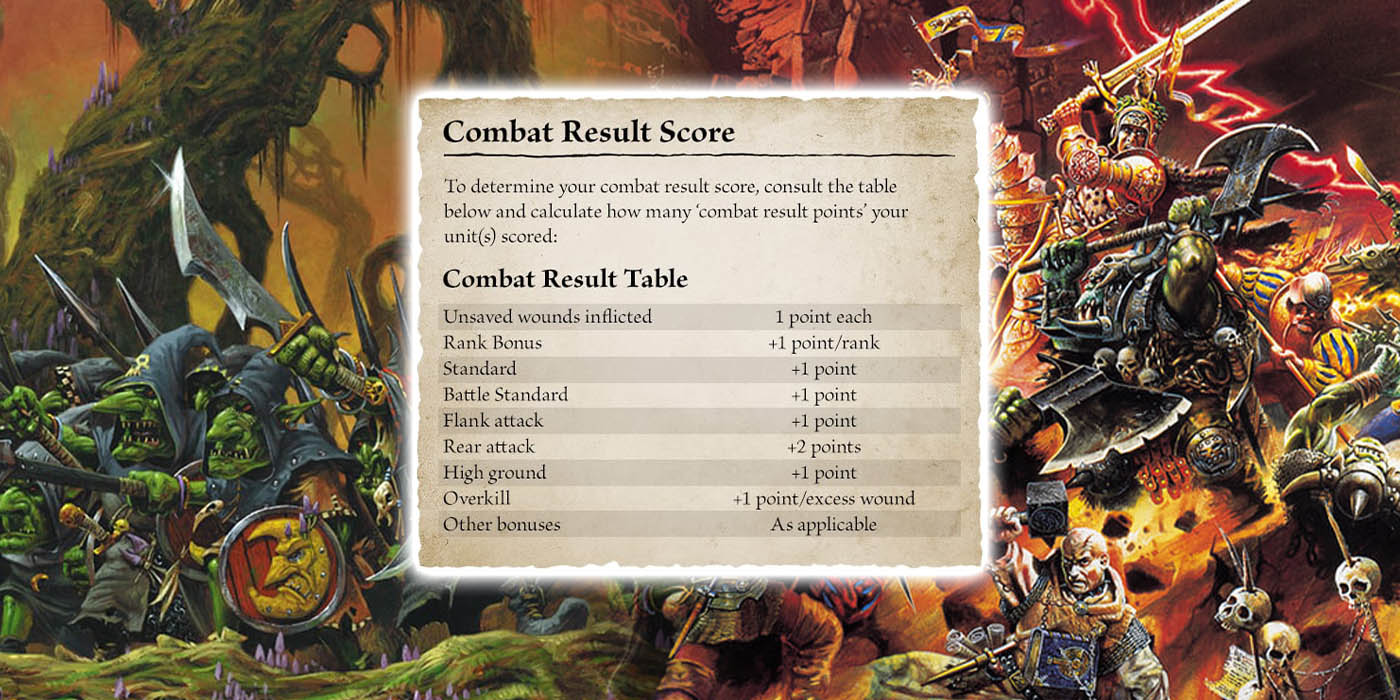
In Warhammer: The Old World you’re going to get into combat. Now Games Workshop is showing how it’s going to work!
It’s the Combat Phase’s turn to get a breakdown from Games Workshop. If you’ve been waiting how we’ll do battle and what new rules are mixing with the old school Warhammer Fantasy rules to create The Old World’s combat system then today is your day! So let’s dive in.
“You may not be surprised by this point to discover that the fourth and final phase of the Game Round is divided into four simple steps: Choose & Fight, Calculate Result, Break Test, and Pursuit. As with the Shooting phase, these steps are followed in order for each separate combat. It’s too complicated to summarise in full here, but this article should give you a flavour of how it all works.”
Combat Phase Overview
Who Can Fight And Initiative
The first step is to choose which units are fighting. And once you’ve picked the units you have to determine which models can actually fight in that unit.
“In general, fighting happens in ranks, and only the first rank of an engaged unit can fight. However, a unit with a wider fighting rank than its opponent can still attack with every model in that rank – your troops surround and envelop the other regiment.”
This has a few other exceptions and caveats. Some units might be able to fight in more than just the front rank or some other rule. These supporting models only get one attack this turn. After you’ve figured out which models can actually fight, now you have to figure when they swing.
This is done with an initiative system. The unit with the higher initiative swings first. Now, there’s a lot more nuance with this part as you get a bonus for charging — and where you charge matters. Flank and Rear charges get a bigger bonus to the initiative. That said, there could be other rules at play with Initiative based on the unit. But we’re just going over the basics for now.
Weapon Skill And To-Hit Rolls
Good news for all you old school Warhammer fans: The To-Hit chart is back!
There’s some slight changes here as the worst you can ever hit on is a 5+ and the best you can hit on is a 2+ according to this chart. I’m sure everyone has their own ways to remember this chart. Once you’ve sorted out the Attacker and Defender weapon skills it’s time to roll dice.
“You roll as many dice as your engaged models have Attacks and, with the higher Initiative models striking first, a charging unit has the opportunity to overwhelm its enemies before they have the wit to swing back. Next, you roll to wound and make armour saves as normal.”
This uses the same chart as the shooting phase. When a unit takes casualties you’ll pull them from the back rank — but don’t pull them off the table just yet as you’ll want to keep them around for helping to calculate the combat results.
Combat Results
“Combats in Warhammer: The Old World are usually decisive – one side or the other makes the breakthrough, and the loser is pushed back or breaks. Unlike in other Warhammer games, you don’t flee based on your Leadership alone; you have to calculate the Combat Result – in other words, you work out who’s won by totting up who’s killed who.”
Combat isn’t just based on the number of models that have been slain either. You’ll also have other bonuses to add to the score and there’s a handy chart to reference for that as well:
This should all feel pretty familiar for anyone who’s played Warhammer Fantasy. Up to this point, it hasn’t been that different. However, GW is about to throw a curveball with how Break Tests work.
Breaking Tests and Pursuit
This is a pretty large departure from previous editions. This basically means that just because you lost the first round of combat, you have a chance at your unit sticking around and not just getting run down. There’s a new chart to check out as well.
The unit that lost will still give ground in some form or fashion — it’s just a matter of “how much” ground. GW will share more about the Morale, Breaking, and Psychology at a later date.
To Follow-up or Hold Your Ground
For the winning unit in a combat you’ve also got a trio of options:
These are pretty self-explanatory and each adds some tactical options to how you follow-up in combat. Overrunning in particular can lead to some pretty gnarly results!
What About Magic?
Games Workshop also mentioned that there’s a couple magic spells that impact the Combat Phase, too. Here’s a few examples:
Assailment spells can be used when a unit is fighting behind a barricade or wall for example. That’s all from the Combat Phase breakdown from GW. Sharpen your weapons and prepare for a charge!
What do you think of the mix of new and old rules in the Combat Phase?

